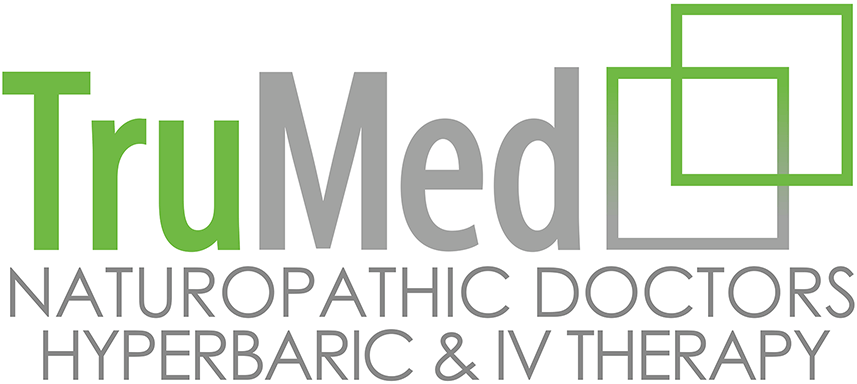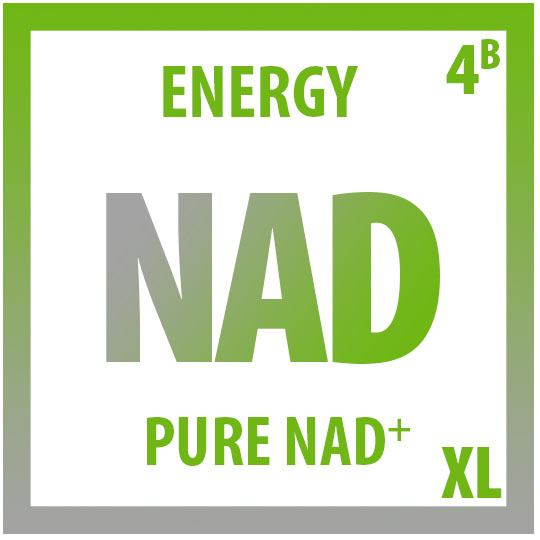IV NAD in EdmontonEnergy, Longevity & More
“NAD+” and “NADH” refer to the oxidized and reduced forms respectively. Much of the renewed interest in NAD can be attributed to the Sirtuins Sirtuins, regulate a wide variety of proteins involved in inflammation & autophagy. NAD+ In-DepthNAD+ is required for approximately 500 different enzymatic reactions It's present at about three grams in the average person. Only neurons can import NAD+, other cells must synthesize it. It's made from tryptophan or forms of B3 such as nicotinamide (NAM) or nicotinic acid. To maintain NAD+ levels, most NAD+ is recycled (via salvage pathways) from NAM. The well known precursor NR is converted to NMN NAD+ BenefitsLiver - NAD+ pathways are known to protect the liver from fat accumulation. NAD+ boosting increases its capacity for regeneration. Kidneys - Reduced levels of NAD+ are related to reduced kidney function with age. This is with a corresponding decrease in Sirtuin activity. Muscle - Treatment of old mice with NAD+ precursors improves muscle function. NR increases the number of muscle stem cells and muscle regeneration in old mice. Heart - NAD+ levels are critical for normal heart function. Recovery from injury as treatment with NAD+ precursors improves heart function. Cancer - In cancer - on one hand, NAD+ will downregulate glycolysis. However, raising NAD+ may promote DNA repair helping cancer cells thrive. Neurons - NAD+ levels are key to neuronal function and survival. NAD+ precursors have delaying the effects in several neurodegenerative diseases. Longevity - Steady decline in NAD+ levels over time is a natural occurrence for all life. This decline is believed to be one of the major reasons organisms age. NAD+ boostersPhysiological levels of NAD+ can be achieved by ingesting 15 mg of niacin daily. Increasing NAD+ has been shown experimentally to extend lifespan. NR and NMN are orally bioavailable endogenous molecules. Niacin (NA or Nicotinic Acid) is limited by unpleasant side effects like flushing. Neurons can directly uptake NAD+. Whereas with other cells, NAD+ undergoes degradation to generate precursors that can be taken up. Human NAD DataA randomized study in 12 human subjects showed that NR raises NAD+ by as much as 2.7-fold in human blood with a single oral dose of 1000 mg. A clinical trial with 140 participants showing that orally administered NR gives a dose dependent increase in NAD+ from 250–1000 mg/d plateauing at a 2-fold increase in NAD+. A 2019 study from Grant demonstrated distribution of 750mg of IV NAD+ over a 6 hour period. The results implied that initially there is rapid uptake of NAD+ when given intravenously. Hyperbaric Oxygen and NAD+The neuroprotective effect of HBO is thought to be, in part, through upregulating Sirt1. This is of course NAD+ dependent (NAD+ positively regulates the activity of Sirt1). Theoretical synergy exists between NAD and Hyperbaric treatment. Both are drivers of Oxidative Phosphorylation and the effects are thought to be additive. Hyperbaric treatment is thought to increase NAMPT (enzyme that creates NAD+). Our ExperienceOur Naturopathic Doctors give both low dose and high dose NAD+ IV Treatments NAD+ is often administered in doses ranging from 250mg-2000mg. We have seen awesome results for fatigue in our Edmonton patients. We consider NAD+ with fibromyalgia, withdrawal, and promoting longevity. When given orally, it's broken down into nicotinamide primarily and NR and NMN.
|
||
NAD+ IV Therapy & Injections in EdmontonAt TruMed Naturopathic Clinic in Edmonton, we specialize in advanced cellular therapies, and NAD+ IV therapy is one of our most powerful tools for energy, brain health, and longevity. Guided by Dr. Eric Muradov, our team has delivered thousands of NAD injections and infusions since 2015, making us one of Edmonton’s most experienced providers. Why Choose NAD+ IV Therapy?NAD+ (nicotinamide adenine dinucleotide) is an essential coenzyme found in every cell, driving mitochondrial energy production and DNA repair. Because oral absorption is limited, IV NAD therapy allows direct delivery into circulation for maximum effect. Patients often choose NAD IVs to help with:
At TruMed, NAD+ therapy is often combined with Vitamin Cocktails, Glutathione pushes, or Myers’ Cocktails to enhance results and support the Krebs cycle, boosting overall energy metabolism. NAD+ Injections in EdmontonFor ongoing support, our Naturopathic Doctors offer weekly NAD injections in-clinic or convenient subcutaneous take-home NAD+ kits that patients can self-administer between IV sessions. Most patients build up a cumulative dose of 800–1000mg, followed by maintenance boosters every few weeks. We also use intensive NAD+ IV programs for substance withdrawal, often given over 3–10 consecutive days at doses between 500–1000mg. Patients frequently report calmness, improved energy, clearer thinking, and reduced cravings as treatment progresses Safety & Side EffectsWhen administered at safe infusion rates, NAD+ is well tolerated. Side effects such as nausea, chest tightness, or lightheadedness are almost always rate-dependent and resolve when the infusion is slowed. The most common “side effect”? Patients walk out feeling more energized, mentally sharp, and focused. After six-plus years of administering NAD+ IV therapy in Edmonton, our clinic has never observed serious toxicities or laboratory abnormalities—underscoring its safety when performed by experienced providers. Hyperbaric Chambers in Edmonton – Oxygen-Powered RecoveryAt TruMed, we also offer Hyperbaric Oxygen Therapy (HBOT) in Edmonton, one of the most effective ways to supercharge healing and cellular regeneration. Inside our hyperbaric chambers, you breathe oxygen under pressure, allowing your blood plasma to carry far more oxygen than normal. This fuels mitochondrial repair, reduces inflammation, accelerates recovery, and even enhances the effects of IV therapies like NAD+ and Vitamin C. Many patients use HBOT alongside their IVs for synergistic results in energy, brain health, and tissue repair. IV Therapy in Edmonton – Nutrients That Work as Hard as You DoTruMed is Edmonton’s leader in custom IV therapy, delivering over 15,000 infusions since 2010. IV therapy bypasses digestion and floods your cells with nutrients, antioxidants, and amino acids, ensuring rapid and complete absorption. Our most popular IV drips include:
Iron Infusions in Edmonton – Fast Relief for Low IronFor patients struggling with low iron or iron-deficiency anemia, oral supplements often aren’t enough. At TruMed, we provide private iron infusions in Edmonton, offering patients a safe, effective, and fast solution—no referral required. Unlike pills, which can cause stomach upset or take months to work, IV iron infusions replenish iron stores directly in the bloodstream. Most patients notice improved energy, stamina, and mental clarity within weeks. Our clinic uses modern formulations that are well tolerated, effective, and safe. |
Resources: David Sinclair

